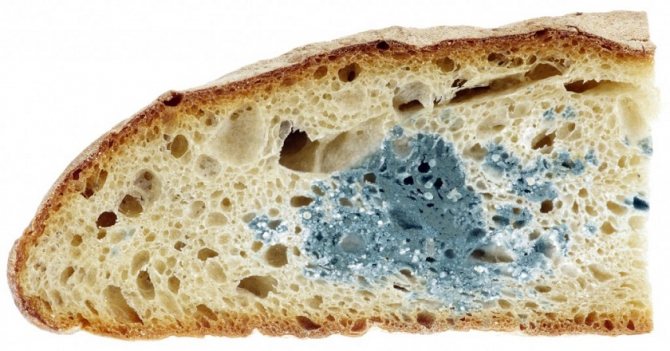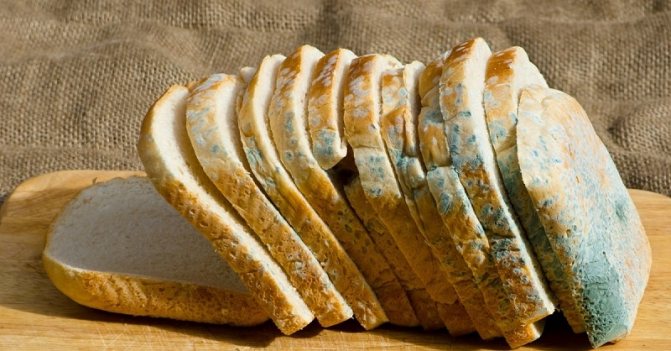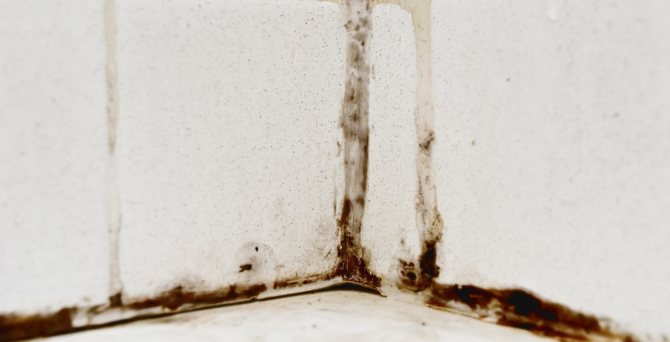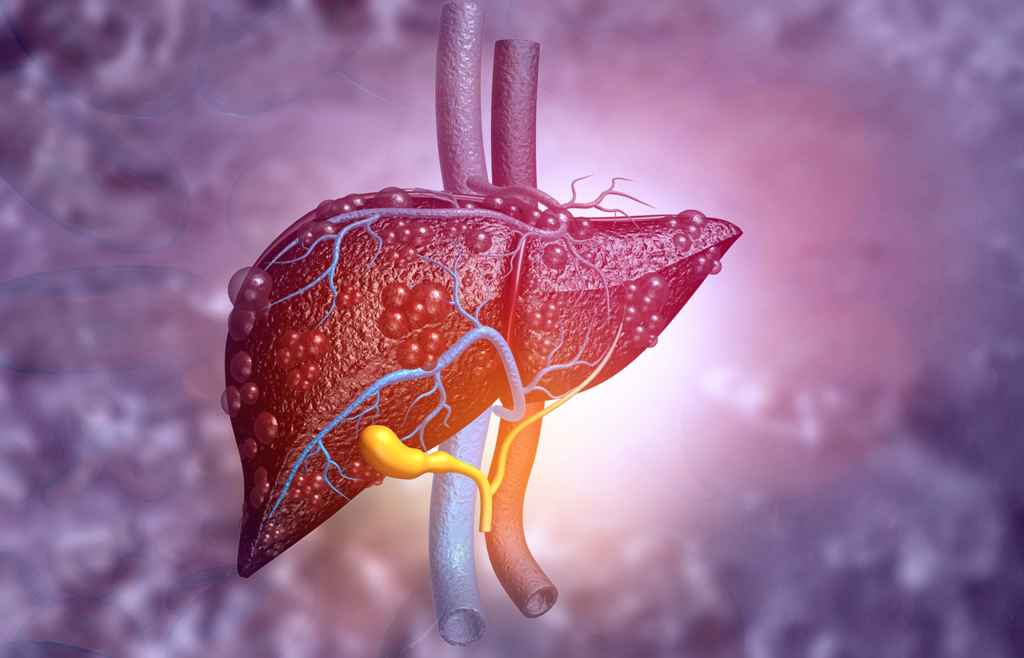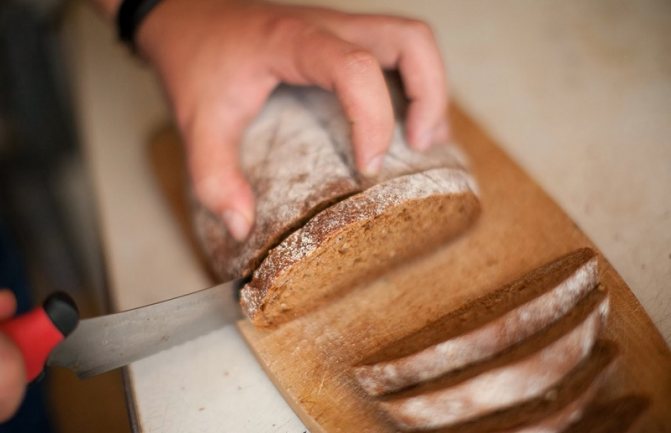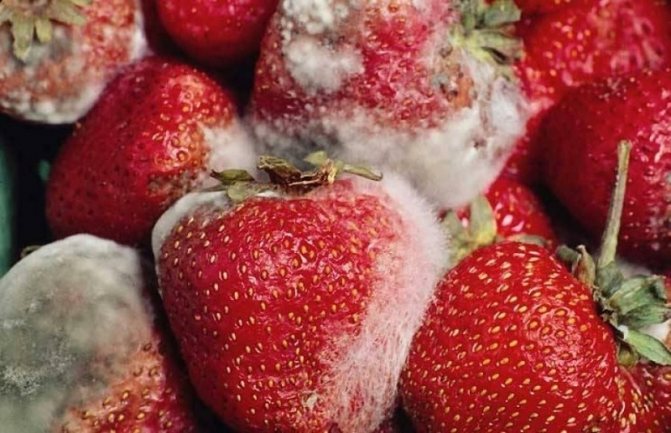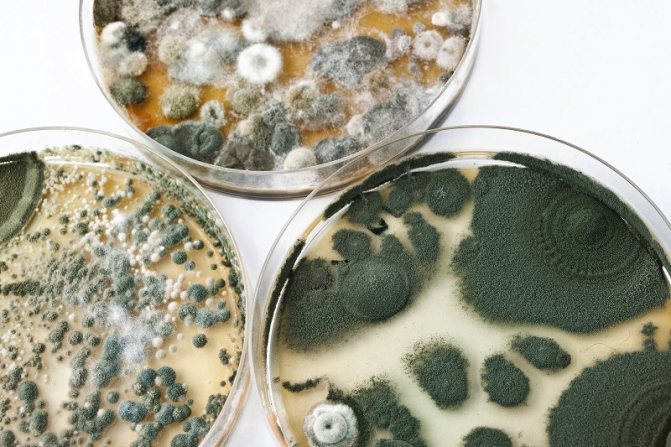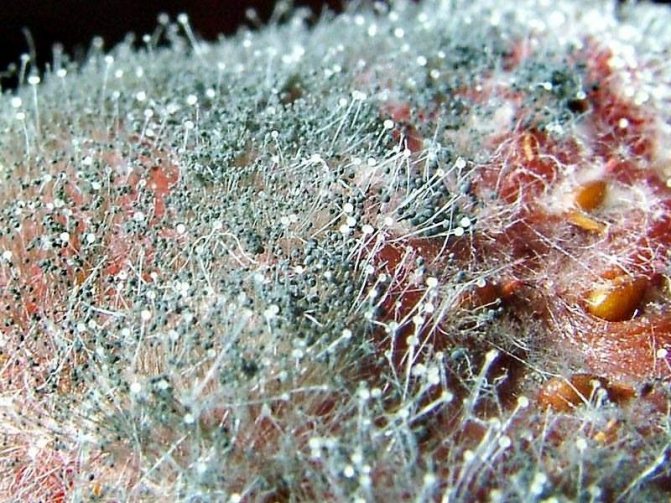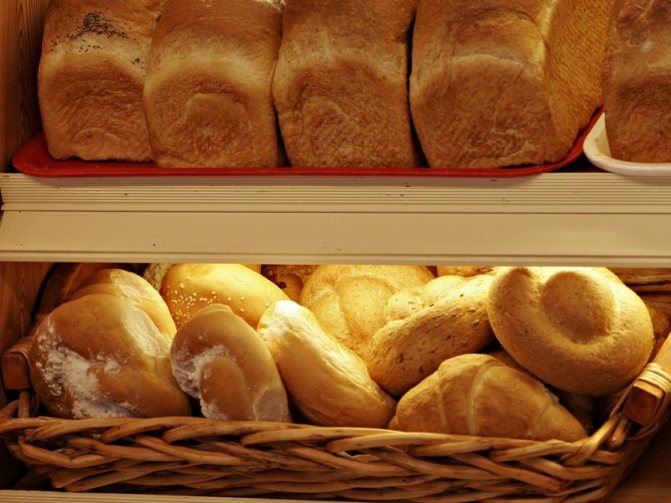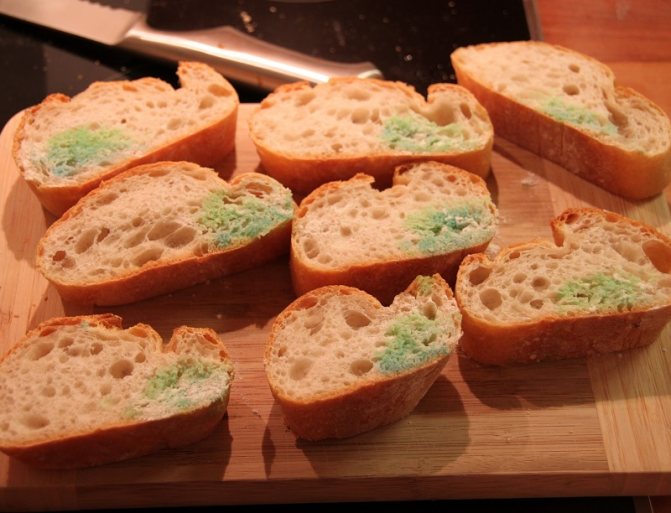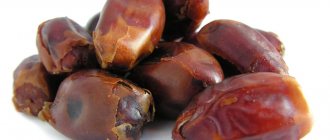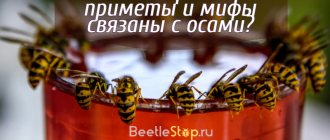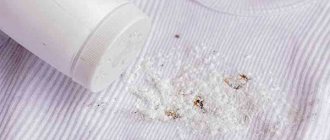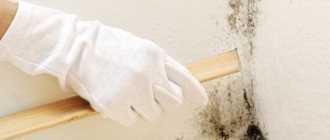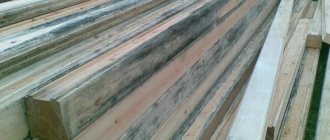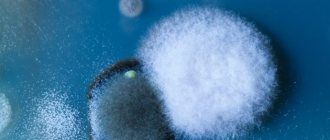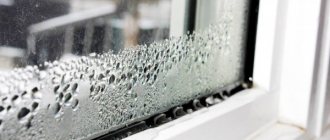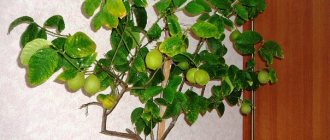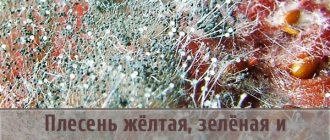
Can eating mold-damaged bread negatively affect human health? This question usually arises if a bakery product is stale in the house, especially if it was not stored correctly. It's a pity to throw it out, but I don't want to eat anymore. Although some thrifty owners try to cut off spoiled places, leaving the rest of the loaf for lunch or dinner. But is this economy justified? Is it easier to throw away the whole loaf?
Moldy bread - is it dangerous?
If mold has entered the human body with bread, that's not fatal... What happens if you eat mold and don't notice it? In small quantities, the fungus may not be felt. Unpleasant taste sensations in the mouth may occur. The stomach will hardly react to a small amount of black mold..
Here the psychological moment will play a greater role if a person realizes that he has eaten a piece of bread with a moldy "addition" of white, black or another color. In suspicious people, this can provoke nausea and even vomiting.
What does it threaten
Accidental ingestion of even a small amount of the fungus can cause intoxication symptoms triggered by mycotoxins:
- nausea;
- dizziness;
- vomiting;
- headaches;
- weakness;
- stool disorder (diarrhea).
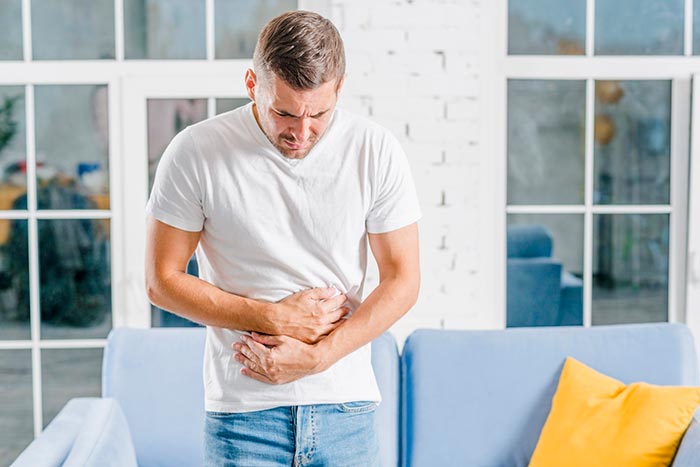

Frequent consumption of spoiled dishes can lead to the development of:
- diseases of the gastrointestinal tract;
- violations of the functional properties of the kidneys, intestines, liver;
- point internal hemorrhages;
- the accumulation of toxins causes cell mutations, as a result, oncological neoplasms.
It is extremely dangerous for children to get even a small amount of mold into the body. The development of the digestive organs is still not enough to cope with the attack of harmful substances, which easily penetrate into the circulation, which leads to serious complications.
If you eat a lot of mold: the consequences
Having seen mold stains on food, a person is unlikely to eat them. But when the fungus develops inside the loaf, microscopic spores cannot always be seen when cutting the bread. Therefore, the question naturally arises, what will happen if you eat large quantities of moldy bread, will there be any harm to the body?
Once in the body, pathogenic organisms lose their ability to reproduce due to a lack of oxygen, but they actively release their metabolic products - mycotoxins. They can be seen in the photograph under the electron microscope below.


Here they can harm a person in large quantities, provoking negative consequences.
- The liver is responsible for removing toxins from the body. If a person regularly consumes moldy bread, this important organ will no longer cope with its function, and cirrhosis of the liver may develop.
- One of the types of vital activity of fungal spores is aflatoxins, which are more dangerous than mycotoxins. Their large accumulation in the body leads to severe poisoning with dehydration. The adult body is able to withstand this disease, but for childhood aflatoxicosis can be fatal... And here, what to do, only the doctor should decide.
- Accumulated in the body toxins released by molds can over time lead to cell mutations, i.e. to the development of oncology.
- In people prone to allergies, a large amount of mold eaten can trigger anaphylactic shock..
Particles of spores from bread during a meal can enter the respiratory tract, and from there into the lungs, where there is a sufficiently favorable environment for reproduction (in other words, oxygen). This introduction will end with the development of bronchial asthma.
How to store baked goods correctly
In order not to wonder why mold has formed on baked goods, you need to know how to store bread.
- So that the bread does not dry out, kept in a package, but it should not be tightly sealedso that the product does not "suffocate".
- Do not pack fresh (hot) baked goods for storage - there is a lot of moisture in it. Let the bread brought home sit open for 30-40 minutes, then it can be put in a bag.
- Some store bread in bread bins, others in a saucepan, covered with a lid, and still others use a refrigerator. All food storage areas require careful periodic maintenance. It is enough to wash them with a soda solution, then wipe dry, and be sure to ventilate.
Bread is a product that is not designed for long-term storage, if rusks are not going to be made from it. Therefore, you should not buy it in large quantities.
Having found even a small plaque of fungus, it is better to throw out the product, so that later you do not look for an answer to the question, what will happen if you eat moldy bread? You should not regret the money spent on it - health is more expensive.
For a brief educational program, we recommend watching a video about the nature of mold.
It is strictly forbidden to eat foods with mold. But colonies of "noble" mold are specially populated for some food products. These products include some types of cheese. All other types of fungi are poisonous to humans.


Fungal colonies that enter the body along with the affected food will not multiply. Since the human body has unfavorable conditions for this, for example, there is no sufficient oxygen and the temperature is too high. But at the same time, the fungus continues to spread its spores for some time, which contain mycotoxins, which provoke the development of the process of general intoxication.
If even a small speck of mold has formed on the product, it is not enough to simply remove it, because the spores could already penetrate deeply into bread, pate, sausage. If a person has eaten mold, such as a snack on moldy bread, the reaction may be minor and may result in mild bowel upset. But if a product was eaten heavily affected by fungal colonies, then health problems are inevitable.
What to do if you still ate
Realizing that moldy bread has entered the body, some begin to panic, fearing serious consequences. And sometimes they don't even know what to do if they ate moldy bread. Although with such an oversight, a person can provide first aid to himself.
- Enough drink an absorbing agent - activated carbon, which is taken at the rate of 1 tablet per 10 kg of body weight.
- Improve intestinal microflora the drug "Enterosgel" will help... How to apply it, the attached instructions will tell you.
- You can flush the stomach with a weak solution of manganese, but you will have to drink at least 1 liter of liquid to provoke vomiting.
- For those who tolerate soda, you can try to take its solution (1-2 tsp in a glass of water).
- People with allergic reactions are advised to take an antihistamine (Suprastin, Tavegil, etc.).
For several hours it is worth refusing to eat, while drinking a large amount of water acidified with lemon juice.
First aid
What if I ate mold? If, nevertheless, it so happened that a person swallowed mold fungi, then it is necessary to take first aid measures:
- provoke a gag reflex, which will clear the stomach from further exposure to toxins released by the fungus;
- take any adsorbent (activated carbon);
- refuse to eat for a while;
- drinking water in large quantities - this speeds up the work of the kidneys, and the remnants of the fungi will quickly leave the body;
- it is advisable to drink a glass of juice or compote from sour berries.
These manipulations avoid the development of fungi in the human body. Accordingly, many diseases can be prevented.
If a child has eaten moldy bread
The child's body is more sensitive to pathogens, and if the child has eaten moldy bread in considerable quantities, then this can manifest itself as vomiting, diarrhea, skin rash, and sometimes suffocation... It is sometimes difficult to know how much contaminated bread a child has eaten in order to determine the extent of the problem.
We advise you to read: Causes of mold in flower pots. Disposal and preventive measures
What to do if the baby ate moldy bread - this question worries many mothers. When the child's condition does not cause any particular concern, then the recommendations described above can be applied (taking into account a lower dosage). In case of more serious reactions, gastric lavage is best excluded at home, entrusting it to the medical staff.
The younger the toddler, the more you should listen to the advice of specialists such as Dr. Komarovsky. He believes that the
any negative reaction of a small organism to the eaten mold is a signal to immediately call an ambulance.
Treatment methods
Untimely assistance can lead to poisoning of the body with mycoses. To diagnose the cause of the poisoning is possible only on the basis of the results of laboratory tests. In order to eliminate the risk of developing severe complications, at the first signs of malaise with suspected mycosis, you should immediately consult a doctor and begin a course of treatment. Typically, treatment consists of several stages:
- Antifungal medicines.
- Supportive therapy aimed at normalizing the functioning of the liver, kidneys;
- Restoration of natural microflora in the intestine.
I accidentally ate a piece of moldy bread during pregnancy: should I panic?
A pregnant woman is responsible not only for herself, but also for the unborn baby. Therefore, she must more scrupulously select food for herself, and certainly exclude not only moldy bread, but even one that simply smells dubious. But if suddenly she accidentally ate a small piece of an infected product, nothing terrible will happen.
To calm down
you can take a number of measures by drinking the same activated charcoal and water acidified with lemon juice... Signs of toxicosis during pregnancy are not the effect of fungal spores, but just one of the features of pregnancy. "
The psychological awareness of the penetration of the fungus or the smell of mold can provoke nausea. To calm down you can resort to a folk remedy - drink tea with mint and honey, or suck on a slice of lemon.
What does it threaten
Having accidentally eaten a spoiled piece, a person should be prepared to get food poisoning. Of course, it is impossible to die from this, but what if you ate the mold? It is usually digested just like any other food. For those with good immune systems, the incident may go unnoticed or be limited to nausea or vomiting. This does not mean that spoiled food can be eaten regularly. This is definitely a harmful phenomenon that can cause allergic reactions, including irritation of the throat, eyes, mucous membranes, etc.
Once in the body, mold can destroy the structure of DNA.It should be noted that it is a carcinogen that can provoke cancerous tumors. Most of all, elderly people, children and pregnant women should take care of themselves. Systematic contact with mold for the human body is fraught with chronic intoxication.
The main symptoms of damage to the body include:
- dizziness;
- frequent headaches;
- respiratory system pathology;
- joint damage;
- bad state of health;
- deconcentration of attention;
- vision problems;
- chronic nasal congestion;
- allergy.
It is difficult to pinpoint the exact cause of all these conditions. Because of this, the wrong treatment is often prescribed, which allows the damage to the body to progress further. Therefore, new symptoms are added to all existing ones. Nosebleeds may occur as well as internal bleeding. There are signs of damage to internal organs, in particular the liver and kidneys. In some cases, the appearance of pulmonary emphysema is possible.
Is it possible to breathe in harmful fungi
Since mold itself is a fungus, its spores easily move in the air. They settle on damp surfaces and mycelium grows. The distribution of this harmful formation is ubiquitous both in the environment and in residential premises. High humidity and poor ventilation create ideal conditions for its viability. In houses and apartments, the bathroom and kitchen are ideal places for it. Where mold grows, a significant threat to human health is brewing. Inhaling spores can be very harmful to a person's immune system.
The greatest danger is posed by:
- basement fungus;
- white fungus;
- house sponge.
If signs of their appearance are found, action should be taken immediately. When microscopic spores penetrate, metabolic disorders are caused. If a pregnant woman breathes in microspores, they can attack the immune system and leave health vulnerable to viruses. The weakened body is exposed to the development of mycoses. If a pregnant woman with a tendency to allergic reactions breathes mold, then the body can be affected by several ailments at the same time, and the baby can also be harmed.
Is it possible to destroy harmful education
Some species can be killed under the influence of high temperatures, but in order to completely eradicate microorganisms, you will have to burn the same bread. It is important to remember that mold will be destroyed in heated foods, but the smell will still remain, which means that they cannot be considered safe for consumption.
Finding harmful formations on products, you should not rely on the fact that penicillin is also obtained from mold. This does not make spoiled food edible. Shooting through a microscope showed that the coating is a lot of fungi - small stems with spores on top. These spores have a characteristic blue-green color and can cause various types of allergies and breathing problems. One of the most well-known mycotoxins, aflatoxin, tends to germinate on grain and nut crops.
Aflatoxin is ubiquitous and one of the most studied forms. However, despite this attention, this form has not been eliminated.
Precautions
Following these simple rules will allow you to avoid poisoning with moldy bread:
- it is advisable to buy bakery products in well-established retail outlets, it is better if the product is made by a large bakery,
- it is advisable not to buy bread packed in a film - ideal conditions for the development of mold are created in it (high temperature and humidity),
- you should only purchase bakery products, the packaging of which indicates the production time, expiration date, information about the manufacturer, composition, product certification data. The composition of the loaf will tell about the use of harmful additives - L-ascorbic acid (E300) accelerates the proofing time, L-cysteine (E920) improves the structure of the dough, sulfur dioxide (E220) slows down the growth of mold, which often indicates the addition of remnants of an old moldy loaf,
- you shouldn't buy bread in reserve,
- the loaf is best kept in a bread bin, preferably a wooden one.

